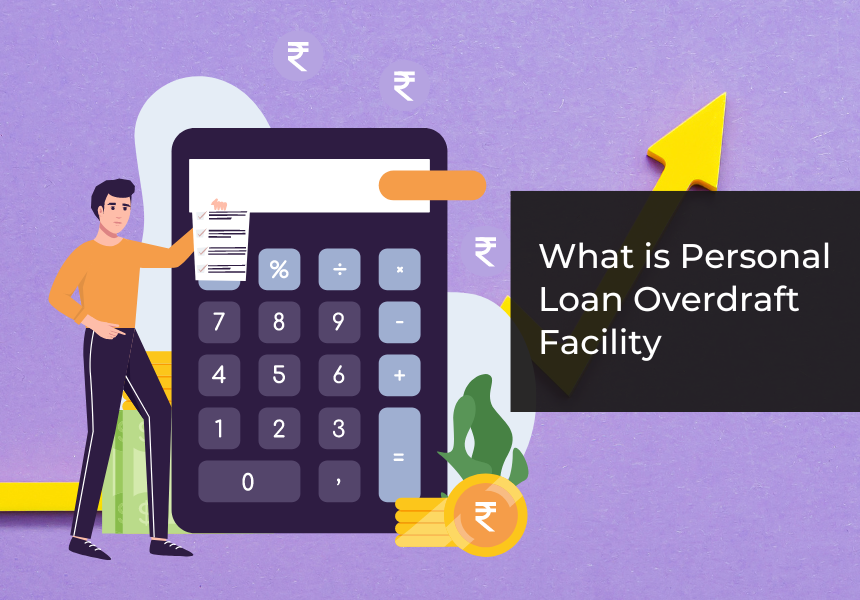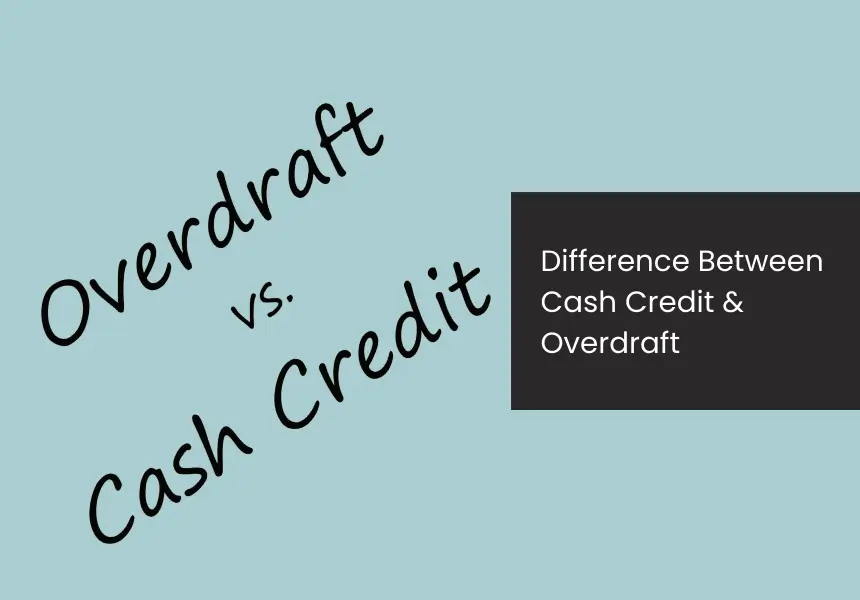
Emergencies can occur at any time, leading to people needing funds immediately. At times like these, personal loans and overdraft loans can be very beneficial. Here we will discuss everything about the personal loan overdraft facility. A personal loan overdraft facility is a financial product that combines the benefits of a personal loan and an overdraft account. It allows individuals to access a predetermined credit limit beyond their available funds, providing them with a buffer for emergency expenses or unexpected financial obligations.
Unlike a traditional personal loan, which provides a lump sum amount upfront, the overdraft facility offers a revolving line of credit that can be utilised as needed. This means borrowers can withdraw and repay funds multiple times within the set limit, giving them greater flexibility and control over their finances. Interest is charged only on the amount utilised, making it a cost-effective solution for managing short-term cash flow needs.
Features of Personal Loan Overdraft Facility
Interest Rate
Interest rates for personal loan overdrafts are typically calculated based on the amount withdrawn rather than the entire sanctioned limit. However, the interest rate applied to the withdrawn amount is usually higher compared to term loans. Personal loan overdrafts are best suited for individuals who can repay the outstanding balance within short periods, typically around 2-3 months, allowing effective management of financial obligations without excessive interest charges.
Credit Limit
The amount that personal loan borrowers can borrow is restricted to the sanctioned limit. The overdraft limit is determined based on factors such as credit profile, monthly income, and cash flow statements. Borrowers have the flexibility to make multiple withdrawals from the sanctioned credit limit and can choose to repay the funds in full or in instalments, depending on their cash flow situation. This allows borrowers to manage their finances effectively by utilising the available credit as needed and repaying it in a manner that aligns with their financial capabilities.
Process
Interest rates for overdraft loans are usually somewhat higher than term loans as they are based on the withdrawn amount rather than the entire sanctioned limit. They are ideal for individuals who can repay the balance within short periods (around 2-3 months), enabling effective management of finances without excessive interest charges.
Tenure
The typical length of a personal loan overdraft facility is up to five years. Some lenders may, however, also provide overdraft facilities for shorter terms with the possibility of renewal at the end of the initial tenure.
Repayment Flexibility
The flexibility of loan repayment is up to the borrower’s cash flow. Some lenders demand that the borrowers pay the interest every month.
Prepayment Charges
Personal loan overdraft facilities offer flexible repayment options without a specific schedule, allowing borrowers to repay the principal based on available funds without any prepayment charges. As per RBI guidelines, prepayment charges are not applicable to floating-rate term personal loans, but lenders may impose them on fixed-rate personal loans. This gives borrowers the freedom to manage their repayments according to their financial situation, avoiding extra costs for early repayment.
Conclusion
A personal loan overdraft facility provides individuals with a flexible financial solution that combines the benefits of a personal loan and an overdraft account. It allows borrowers to access a pre-approved credit limit and withdraw funds as needed without a specific repayment schedule. The interest rates are typically calculated on the amount withdrawn, making it important for borrowers to repay the balance within shorter periods to avoid higher interest charges. With the freedom to manage repayments based on available funds, personal loan overdrafts offer individuals the flexibility to meet their financial obligations effectively.








